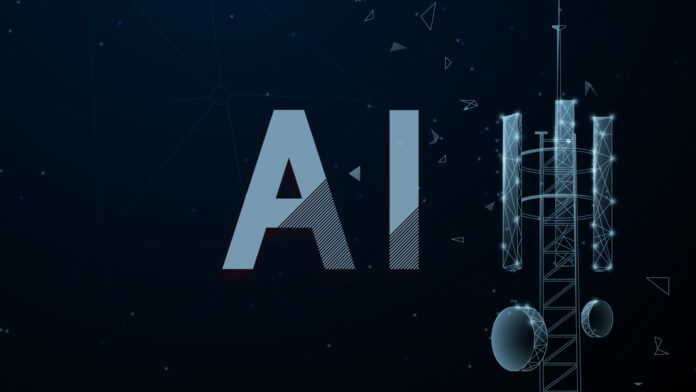EU launches a call to gather early insights on how to shape the future of AI infrastructure in Europe
In sum, what to know:
76 proposals across 60 sites – The European Commission received 76 expressions of interest for AI gigafactories in 16 member states, far exceeding expectations.
Over 3 million GPUs planned – Respondents outlined plans to acquire more than 3 million state-of-the-art processors to power large-scale AI model development and deployment.
Next steps coming in Q4 – The EU will launch a formal call for gigafactory proposals in late 2025, following discussions with initial respondents.
The commission received a total of 76 expressions of interest proposing to set up AI gigafactories in 16 member states across 60 different sites.
In a release, the body noted that these initiatives have been submitted in response to the call for expression of interest in AI gigafactories, which closed on June 20.
“The high number of proposals received went well beyond the commission expectations. It is a clear testament to the very high momentum and interest in AI across Europe, and especially in AI gigafactories. This wave of interest underscores Europe’s opportunity to position itself as a global powerhouse in artificial intelligence, fully aligned with the bold vision set out in the AI Continent Action Plan,” the European Commission said.
The commission also noted that the main purpose of this call for expression of interest was to gather early insights from respondents comprising European industry leaders, private and public investors and the member states interested in shaping the future of AI infrastructure in Europe.
“While these submissions are not formal applications, they will play a crucial role in helping the European Commission and member states identify and map out a dynamic, non-binding roster of potential candidates ready to establish world-class AI gigafactory facilities across the European Union,” the commission added.
The respondents include major companies representing data center operators, telcos, power suppliers as well as both European and global technology partners and financial investors. In their expressions of interest, the respondents foresee the acquisition of at least three million latest generation specialized processors (GPUs) in total.
The commission added that it will not disclose further information about the identity of the respondents, given the confidential business information provided in their expressions of interest.
The body also said it will soon enter in discussions with all the respondents to prepare the next steps of the AI gigafactory initiative. The commission is also planning to launch an official call for the establishment of AI gigafactories in the European Union in the fourth quarter of this year.
“The AI gigafactories concept builds on the AI Factories initiative, harnessing Europe’s cutting-edge EuroHPC supercomputing network to realize the EU’s ambition of becoming the world’s leading AI continent. AI gigafactories will be state-of-the-art, large-scale AI compute and data storage hubs, purpose-built to develop, train and deploy next-generation AI models and applications at hyperscale, e.g. models with hundreds of trillions of parameters. By integrating vast computing power, energy-efficient data centers, and AI-driven automation, these facilities will set new benchmarks for AI model training, inference and deployment,” the commission said.
The European continent is currently playing a very active role in the AI infra field. In May, at the AI Action Summit in Paris, European Commission President Ursula von der Leyen officially launched InvestAI, a €20 billion ($21.4 billion) initiative aimed at transforming the EU into a leading hub for AI innovation. A central part of this initiative is the creation of four large-scale AI gigafactories across the EU. These facilities will be capable of training some of the world’s most complex AI models, using around 100,000 next-generation AI chips each.
The commission describes the new gigafactories as a “CERN for AI” — a large-scale public-private partnership open to researchers, companies and governments. The goal is to ensure that AI development in Europe is not limited to tech giants, but accessible to a wide range of players, including start-ups and research institutions.
The gigafactories will serve industries working on mission-critical applications, such as healthcare, biotech, climate science and robotics. They are designed to support Europe’s cooperative innovation model, emphasizing transparency, security and equal access to technology.
Also, Nvidia recently said it is partnering with European governments and major tech, telecom and cloud providers with the aim of deploying AI infrastructure across the continent.

